Ten Things To Do in France When You Visit
Related Tours From $20,315 AUD France on Foot | Small Group Walking Tours France Our France on Foot small group walking is designed for the active walker and extends from the scenic island of Noirmoutier…
6 Nov 17 · 3 mins read
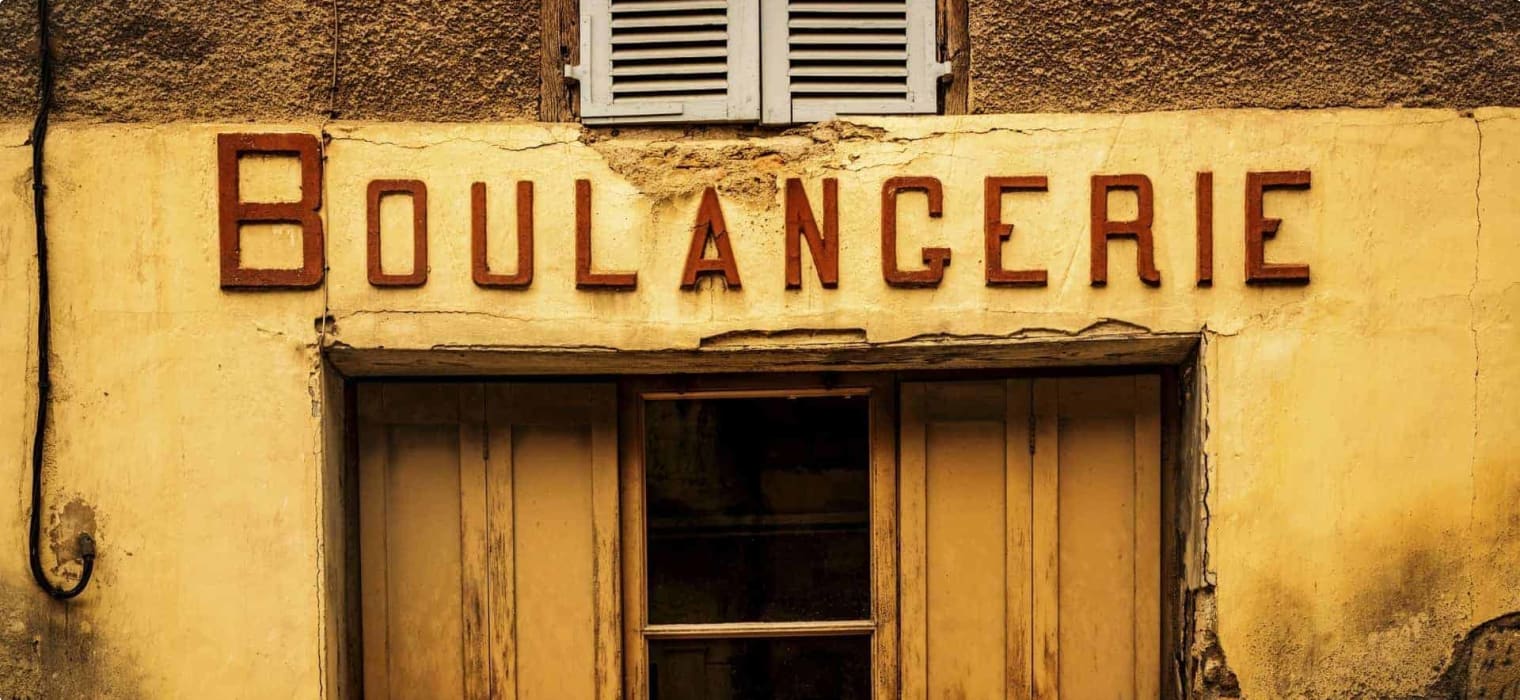
Related Tours
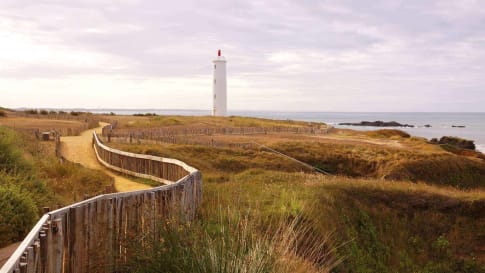
21 days
Jun, Sep, JulFrance on Foot | Small Group Walking Tours France
Visiting France
Our France on Foot small group walking is designed for the active walker and extends from the scenic island of Noirmoutier on the Atlantic Coast via the Massif Central on the borders of Limousin and the Auvergne to the snow-tipped peaks of the Alps in Savoy.
From A$20,315 AUD
View Tour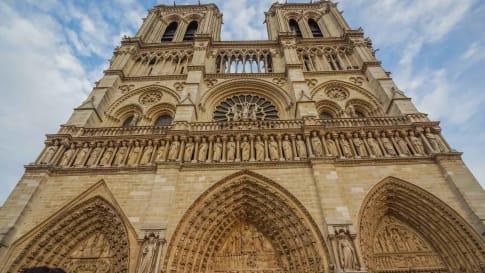
21 days
May, OctHistory of France by Rail | Escorted Small Group Tour for Seniors
Visiting France
French History by Rail small group tour is based on Ina Caro’s book of the same name. Participants live in central Paris, using apartments as a base, living as the locals do, whilst meeting each day as a small group to journey by rail and TGV to the beautiful medieval centres of France.
From A$18,475 AUD
View Tour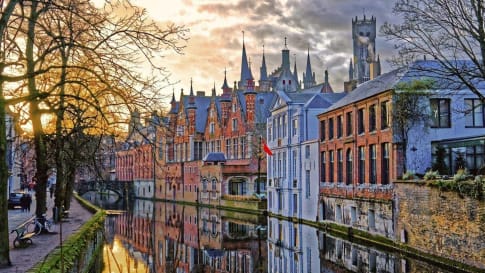
21 days
SepBelgium, Netherlands, France, Germany Art Tour | Western Europe Art Tour
Visiting Belgium, France
Most of us have already experienced the grandeur of classic galleries such as the Louvre and the National Gallery. Travel with like-minded people in a small group tour and be surprised by the lesser-known but equally wonderful smaller art galleries across Northwest Europe.
From A$16,695 AUD
View Tour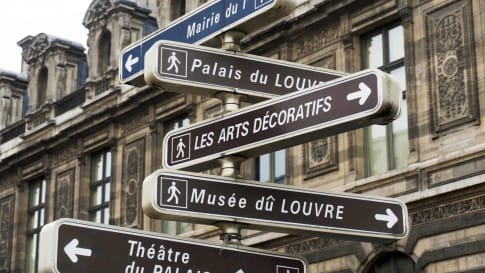
21 days
Mar, SepExplore Paris | 21-day Small Group Tour Exploring Parisian Life
Visiting France
On this small group tour of Paris, travellers take the time to join local guides to learn about the destinations within this city. Authentic experiences with like minded people and an Odyssey tour leader. Staying in apartments this European tour immerses itself in Paris' history, art, and culture in the city of light.
From A$15,795 AUD
View Tour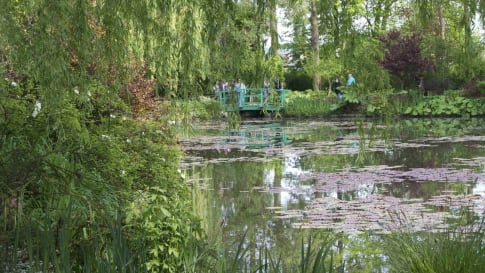
25 days
Aug, May, SepItaly and France, history of gardens small group escorted tour
Visiting France, Italy
Odyssey's small group tour explores some of the classic gardens of Italy and France that reflect changing fashions and garden designs throughout the ages. This fully escorted tour features an Odyssey Program Leader and a handful of local guides who will examine, discuss, compare and contrast the cultural and temporal similarities and diversities between the gardens of Italy and France and the historical influences on their design.
From A$18,475 AUD
View Tour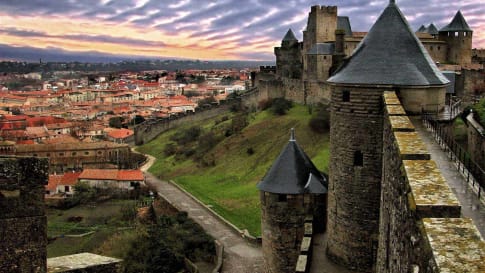
11 days
SepLa Belle France Small Group Short Tour
Visiting France
On this small group tour of France, we visit several culturally significant and picturesque regions of France, including Provence, Champagne, Burgundy. We learn about each region's history from expert local guides with a chance to experience the local culture, and taste the regional cuisine.
From A$11,875 AUD
View Tour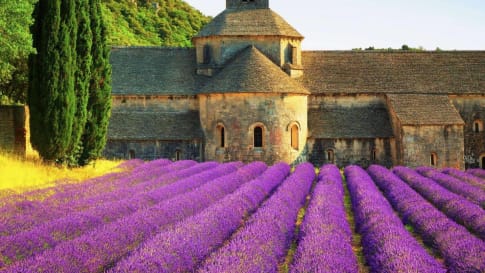
22 days
Sep, MayProvincial France | Small Group Tour for Seniors
Visiting France, Switzerland
This small group program explores the remote mountain plateaux, perched villages and dramatic gorges as well as the Mediterranean coastline.Travel with like-minded people on this tour especially designed for the mature traveller. The villages of Alsace provide an introduction to the diversity which is France. In Burgundy we explore the local villages. Then onto the Jura Mountains, a region rarely visited by tourists. Finally, Provence and the Côte d’Azur, regions of inspiration for artists such as Van Gogh, Cézanne and Picasso.
From A$17,995 AUD
View Tour
24 days
Apr, SepRural France | Small Group Tour for Seniors
Visiting France
On this small group Rural France tour, we spend 24 days exploring France beyond its bustling cities, travelling off the beaten track. We will explore the pastoral and provincial splendour of French rural towns which have resisted the dual siege of the automobile and the property developer. Our small group will visit many of France’s beautiful towns where within their walls the villagers conduct their daily lives much as they have done since Napoleonic times.
From A$19,895 AUD
View Tour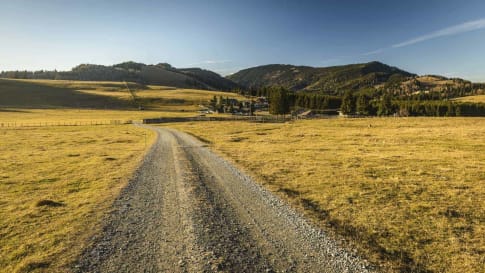
25 days
Sep, May, Apr, OctSecret France | Small group tours France | Places of cultural interest for seniors
Visiting France
Our small group tour designed with the mature traveller in mind, gives you the chance to see eight different locations over 25 days while experiencing local culture, trying regional cuisine, exploring breathtaking architecture and admiring beautiful scenery. From Zurich the tour will move south towards Sare before returning north to Paris where the tour finishes, for a significant part of our journey we will be following old pilgrim pathways, taking the group deep into the villages, valleys, shrines and ski resorts.
From A$18,650 AUD
View Tour

